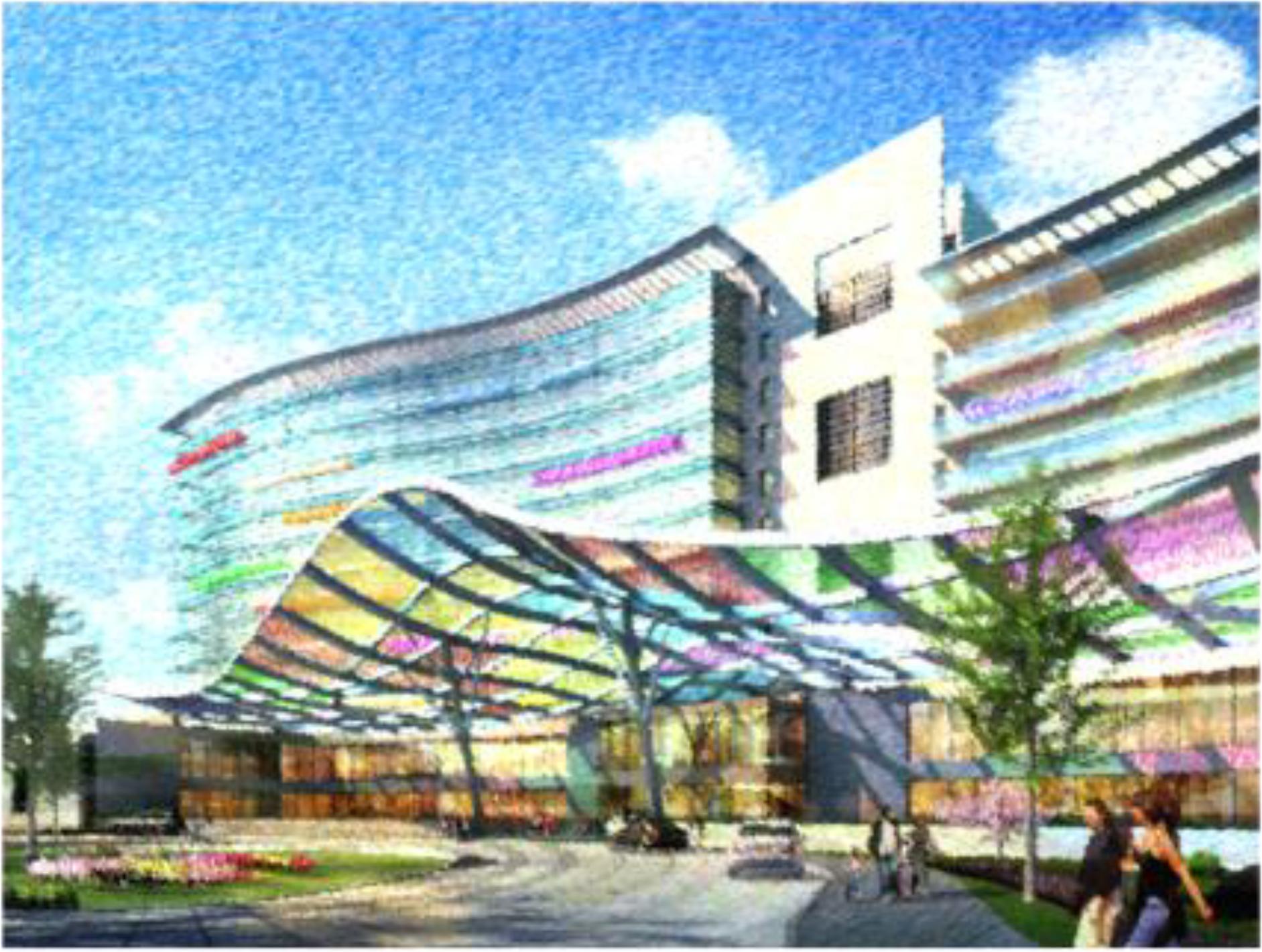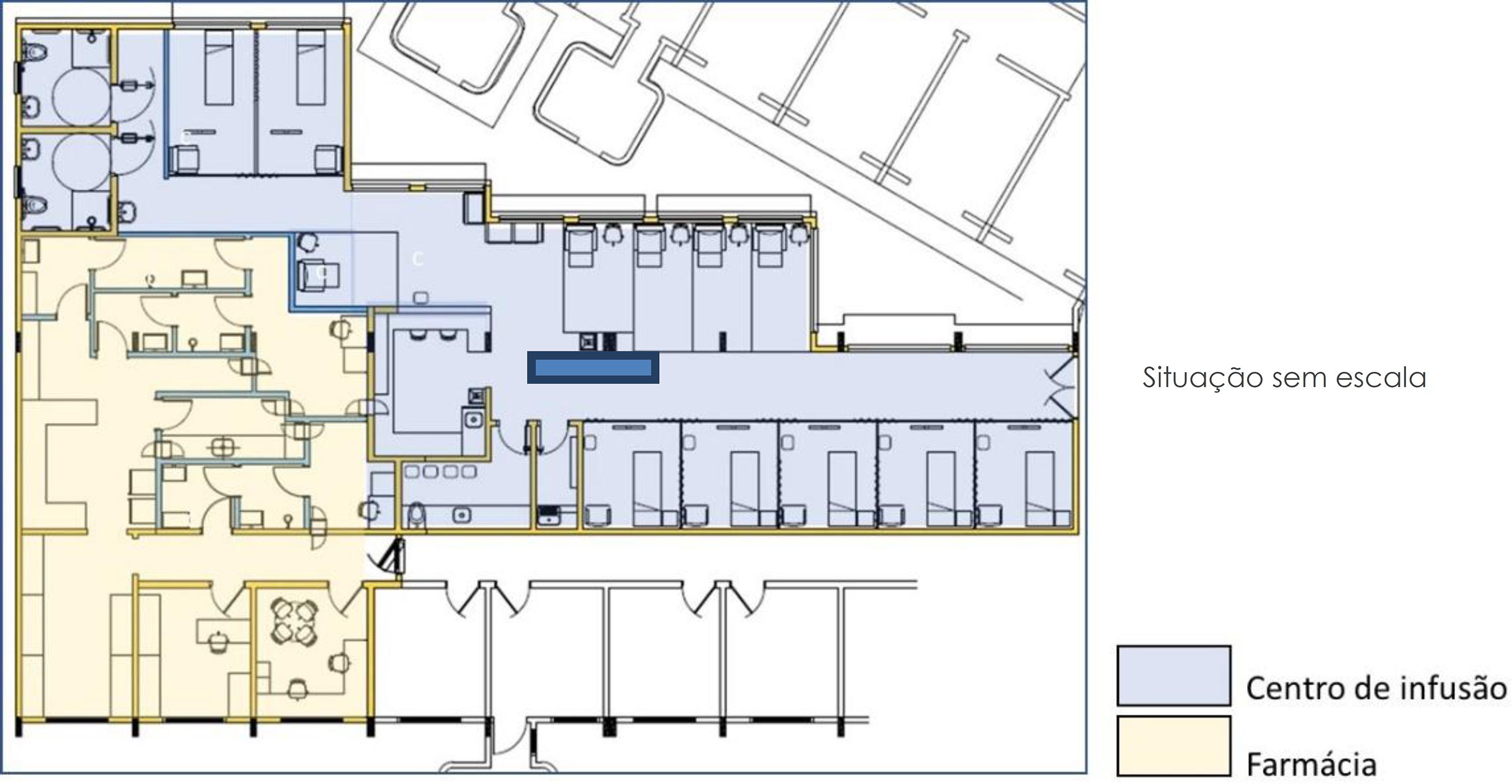Abstract
This article presents the results of a qualitative and quantitative research on architecture design in the scope of the humanisation of hospital architecture in pediatric chemotherapy environments. The context points towards the accelerated adaptation of health environments in face of the introduction of advanced medical technologies. The goal is to identify the main factors that affect quality in the design process of this type of environment, in order to offer better care for child patients and other users. The Post-Occupancy Evaluation methodology was applied in a reference case study supported by interviews with a group of Brazilian experts and an analysis of four benchmarks in the international literature. The results indicate the environmental implications arising from the prevalence of outpatient chemotherapy treatment over the hospitalisation regime, and the importance of volunteer contributions. They also point to recent humanising features, such as the development of healing, family-centred, flexible environments, with evident wayfinding features and innovative and positive distractions, such as social rehabilitation environments. The achieved results stimulate new research that identifies better alternatives to meet users' needs and provide support to architects to improve health environments by adopting a strategic vision of their future.
Keywords:
Architecture humanisation; Pediatric chemotherapy environment; Design process; Post Occupancy Evaluation; Contemporary hospitals

 Fonte: releitura dos autores a partir do acervo do entrevistado arquiteto B.
Fonte: releitura dos autores a partir do acervo do entrevistado arquiteto B.
 Fonte: releitura dos autores a partir de
Fonte: releitura dos autores a partir de  Fonte: releitura dos autores a partir de
Fonte: releitura dos autores a partir de 

 Fonte: releitura dos autores com base em University of Arizona Cancer Center /
Fonte: releitura dos autores com base em University of Arizona Cancer Center /  Fonte:
Fonte: 

 Fonte: adaptada do acervo do entrevistado arquiteto A.
Fonte: adaptada do acervo do entrevistado arquiteto A.
 Fonte: acervo dos autores e adaptada do entrevistado arquiteto A.
Fonte: acervo dos autores e adaptada do entrevistado arquiteto A.
 Fonte: adaptada de
Fonte: adaptada de  Fonte: releitura dos autores a partir de
Fonte: releitura dos autores a partir de 
